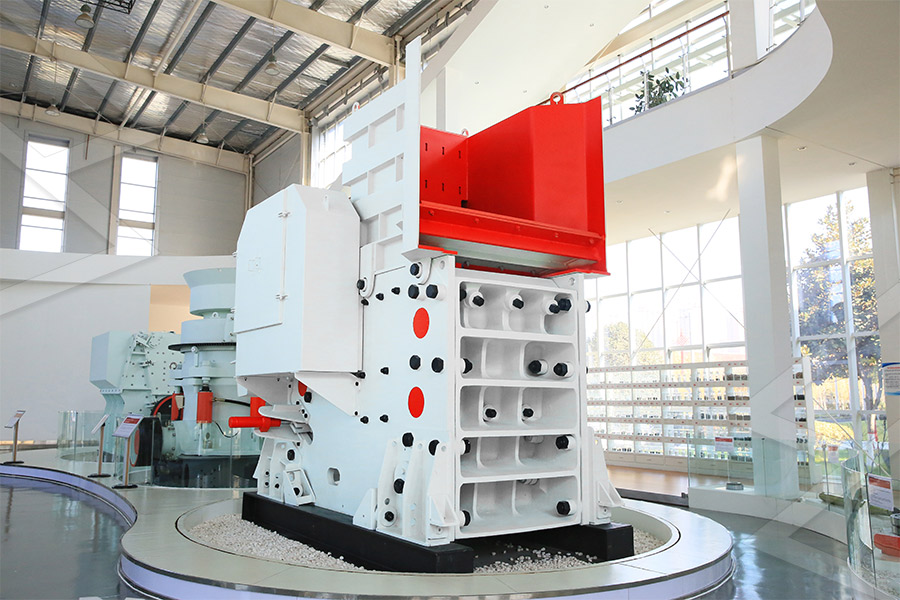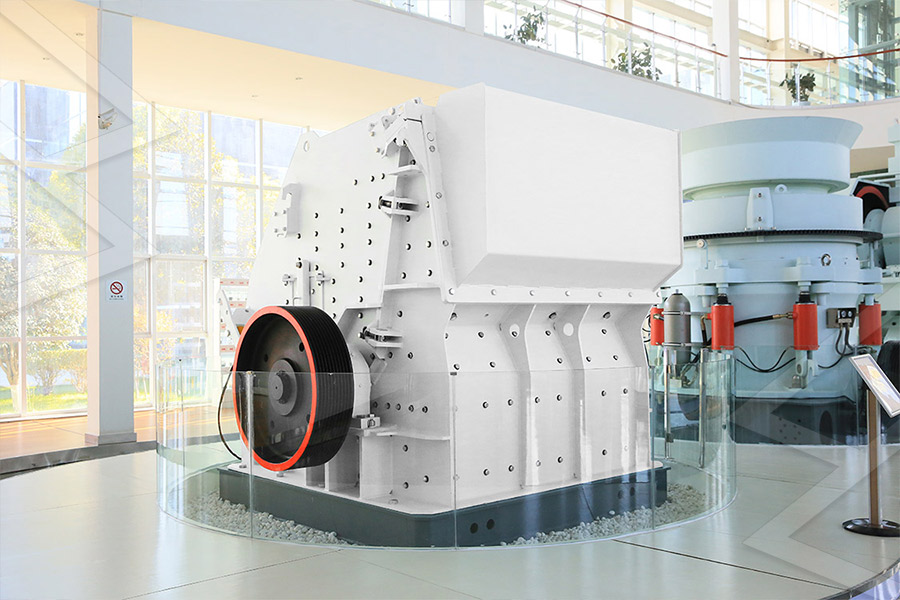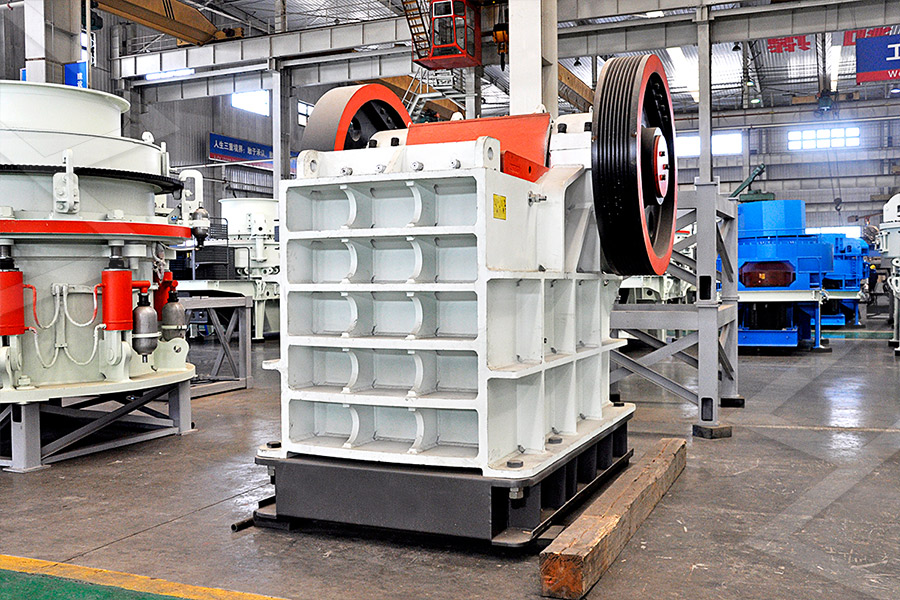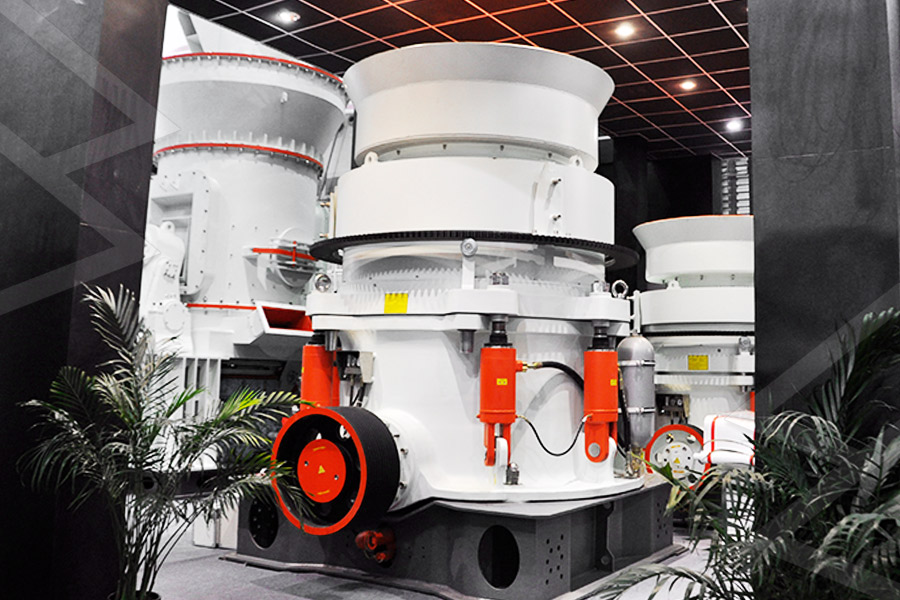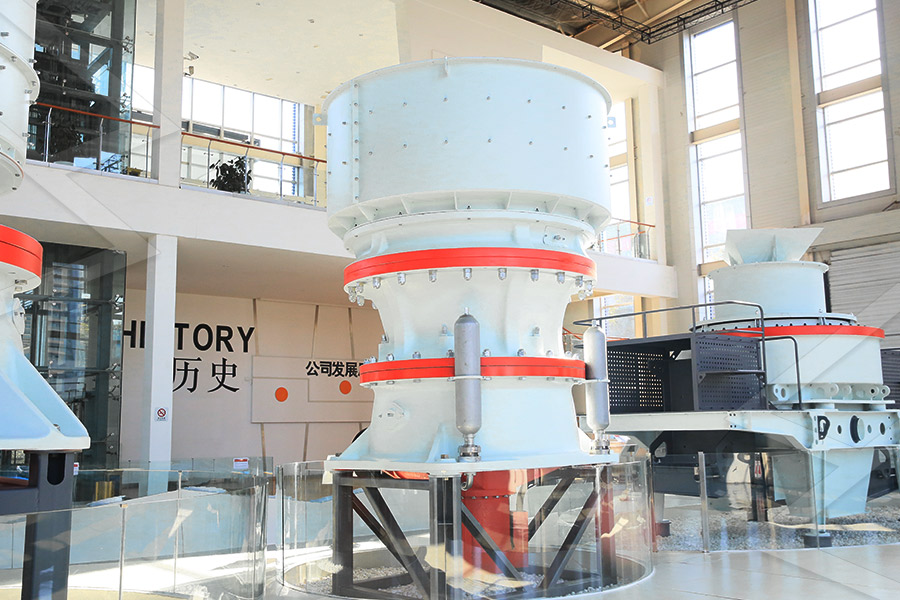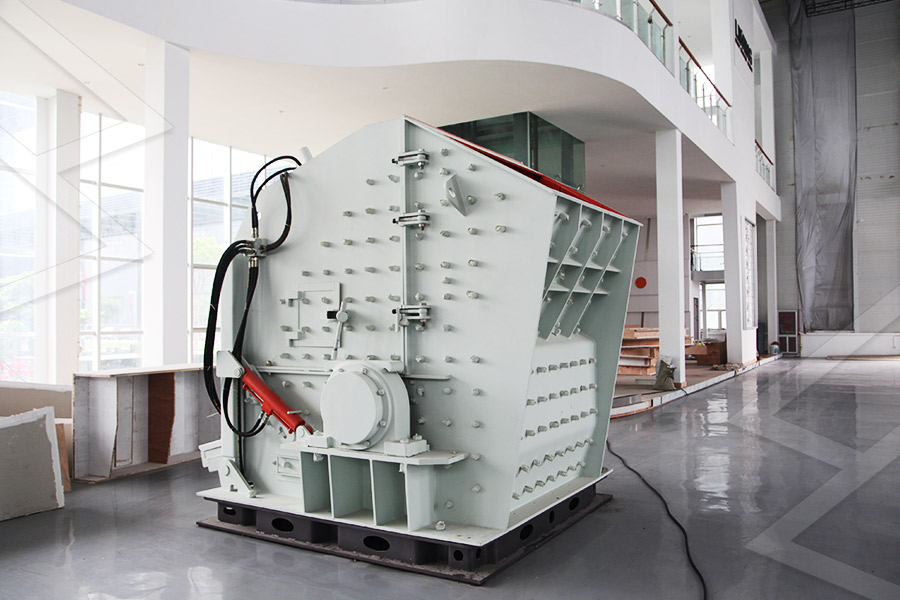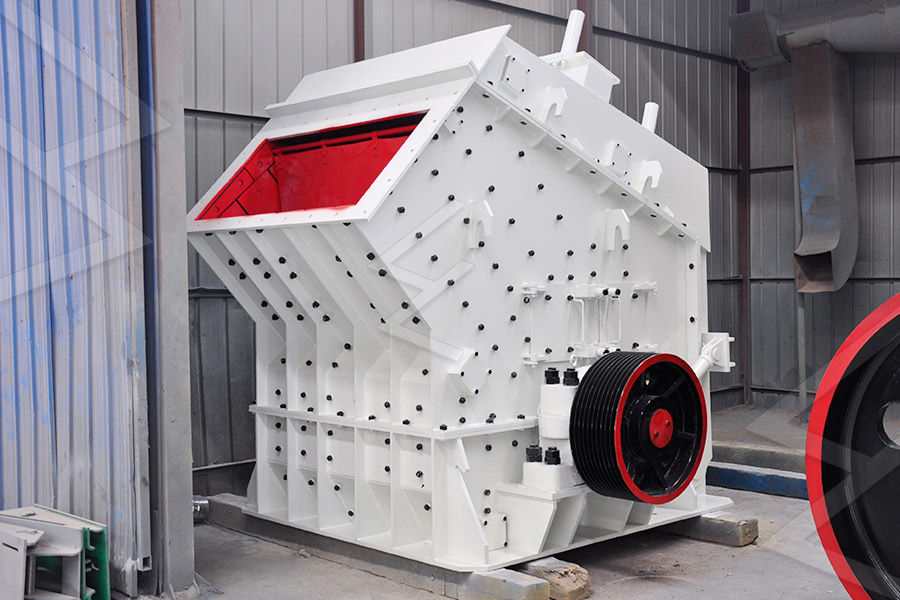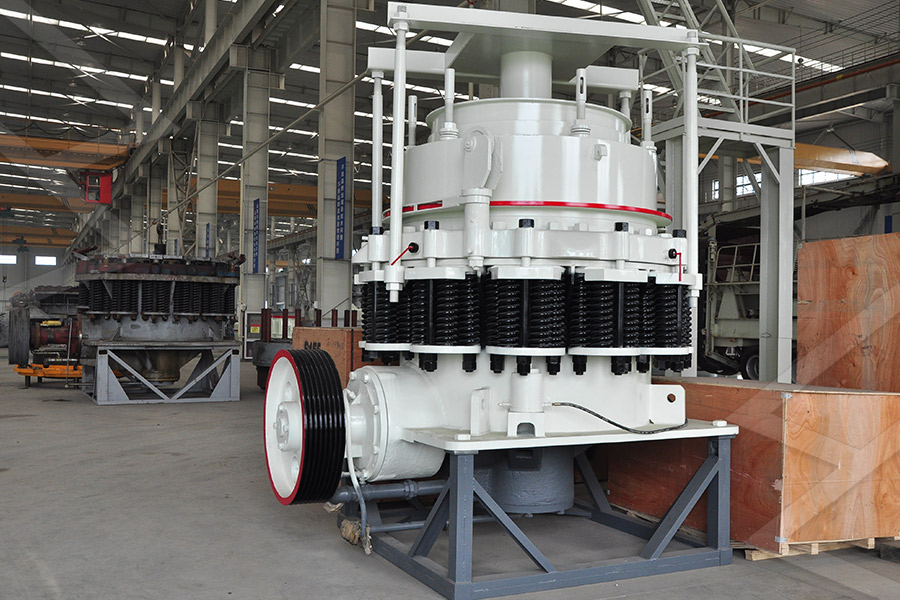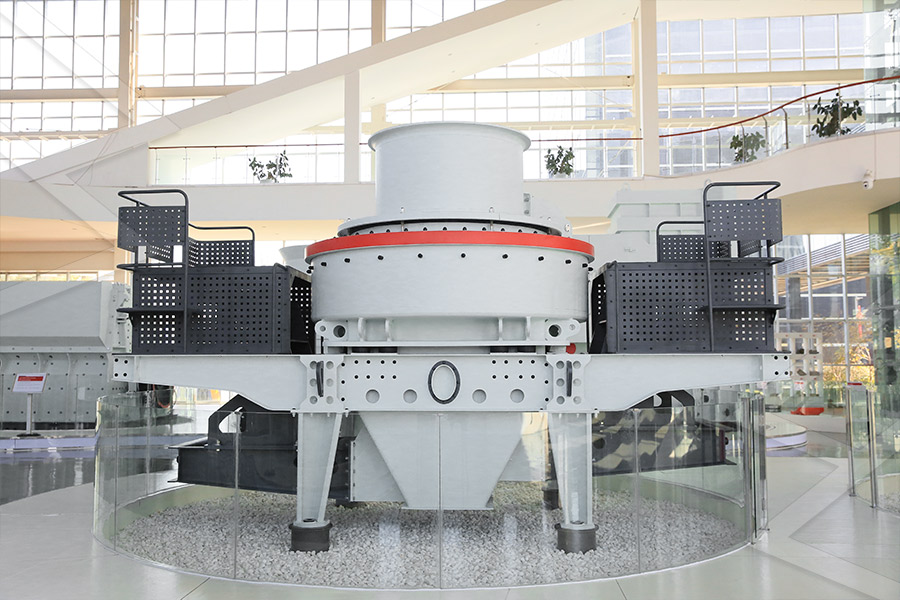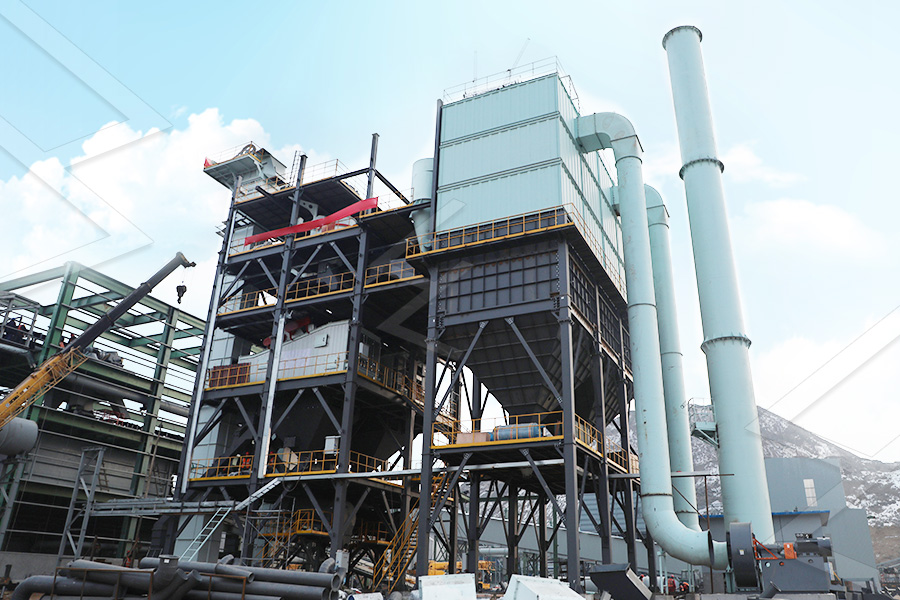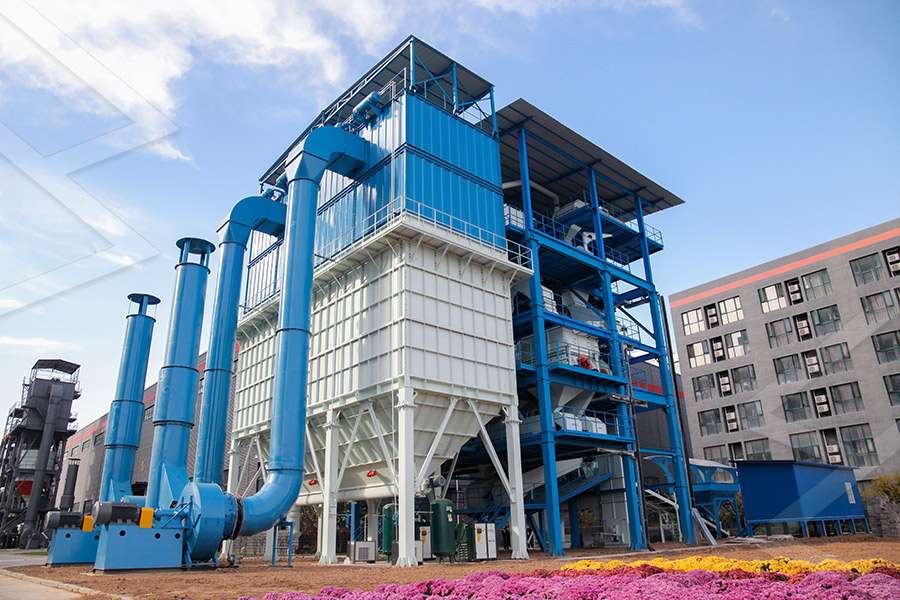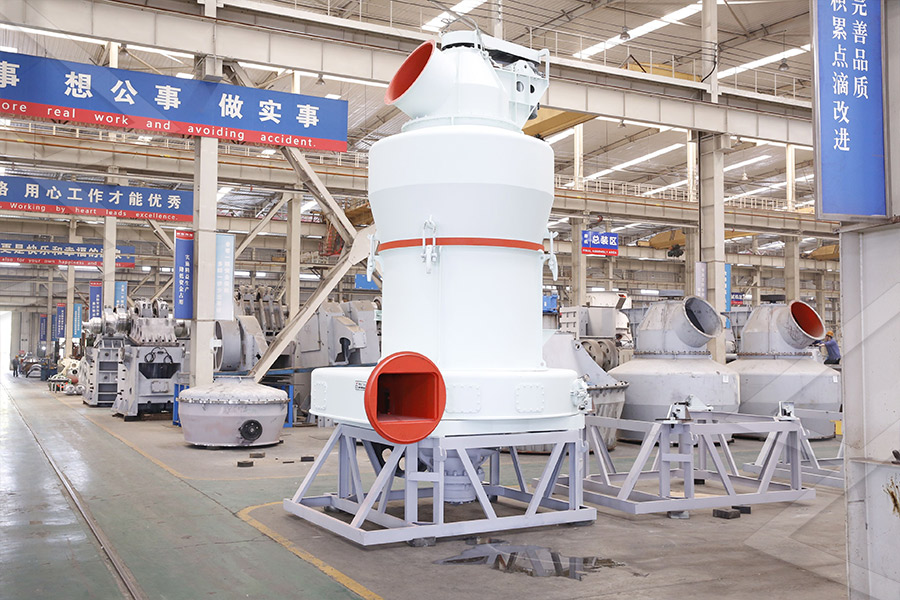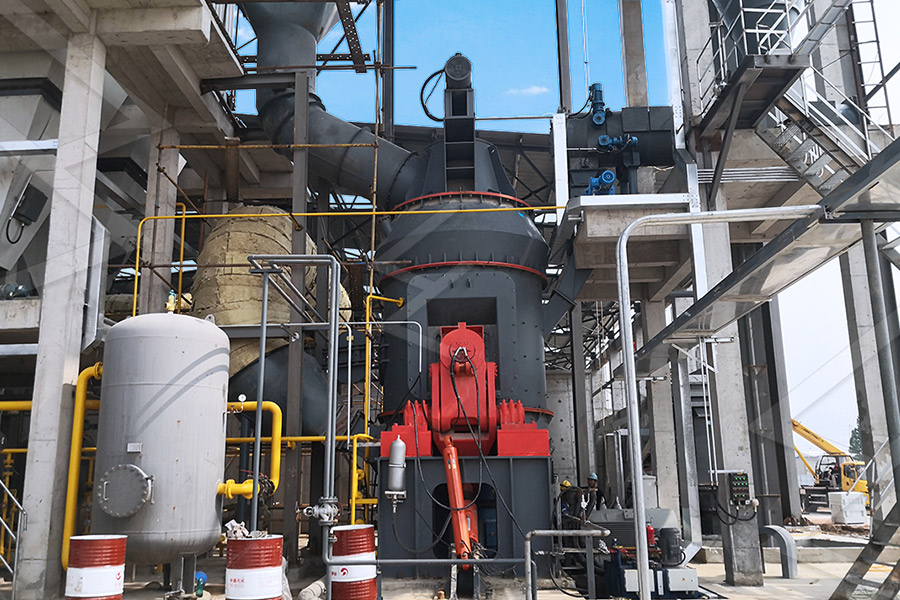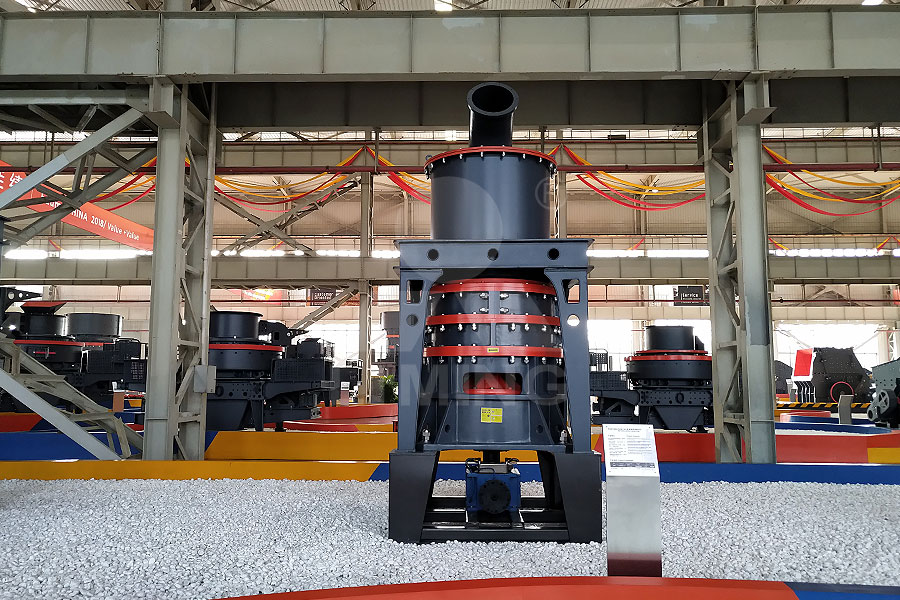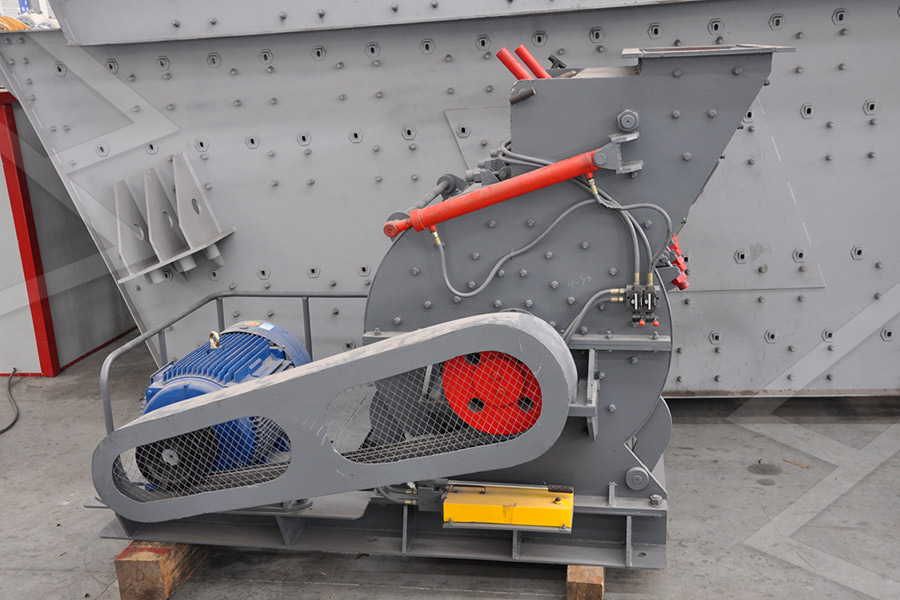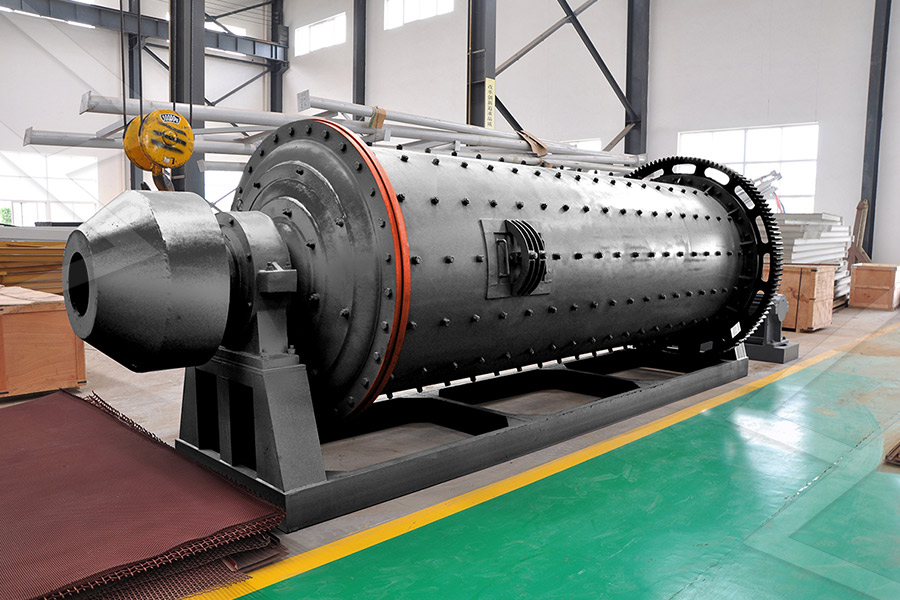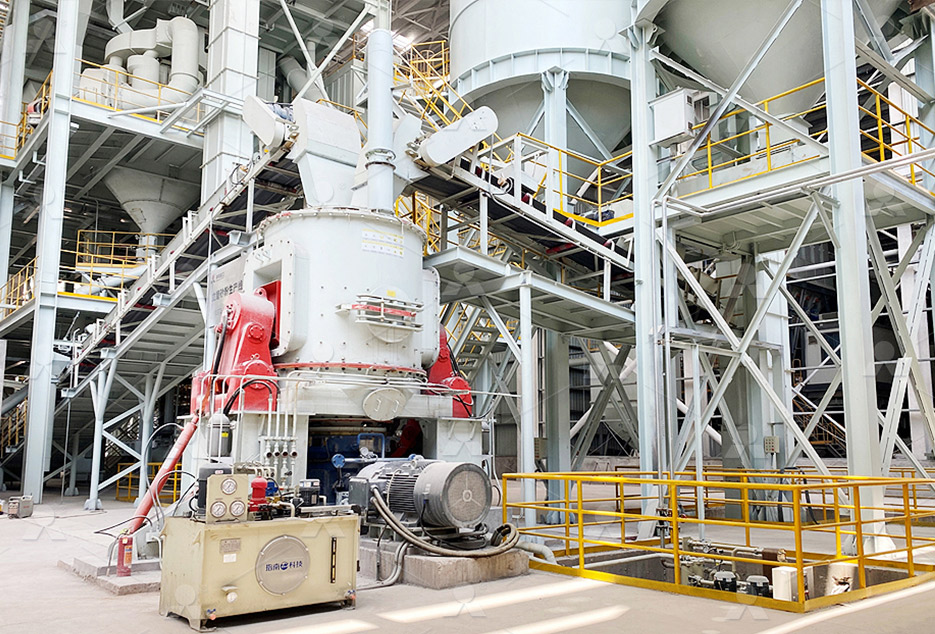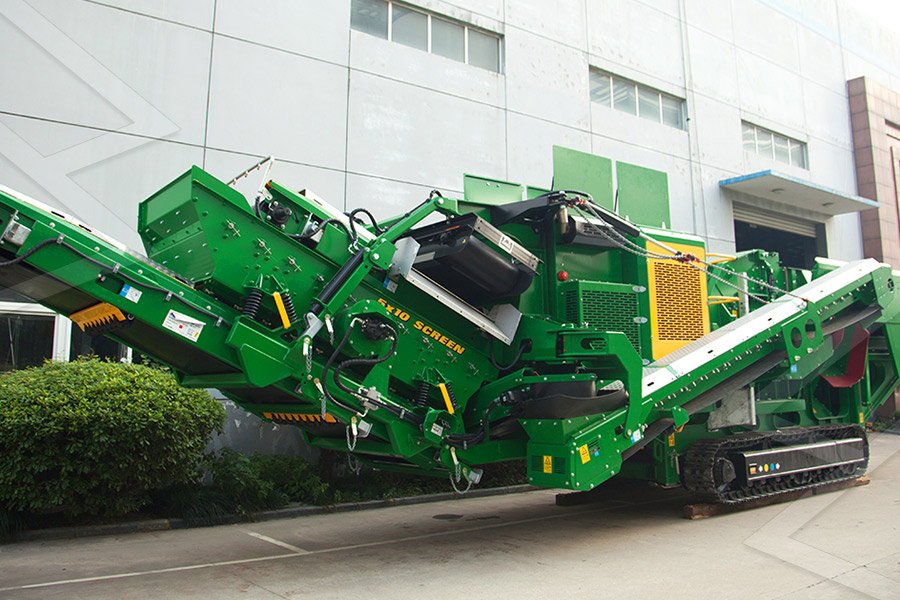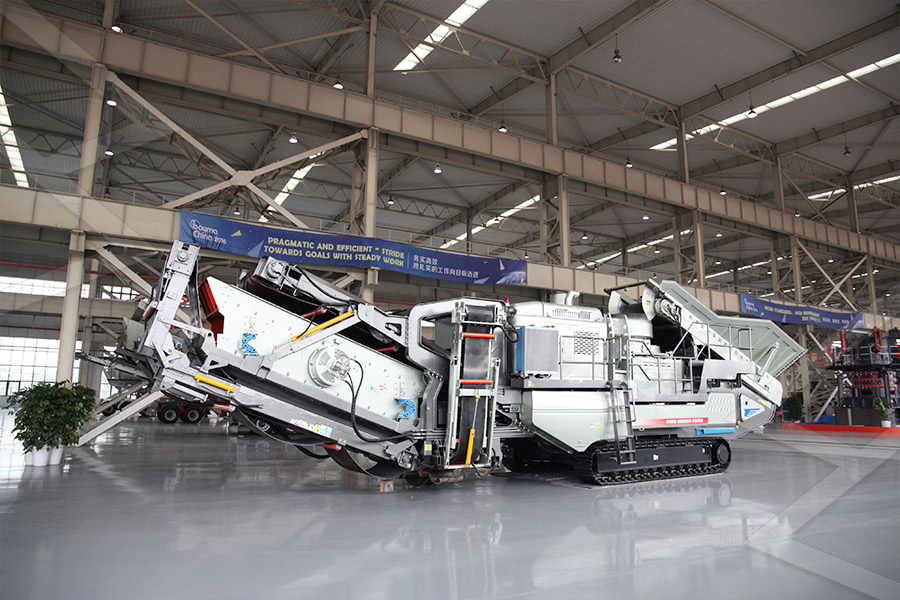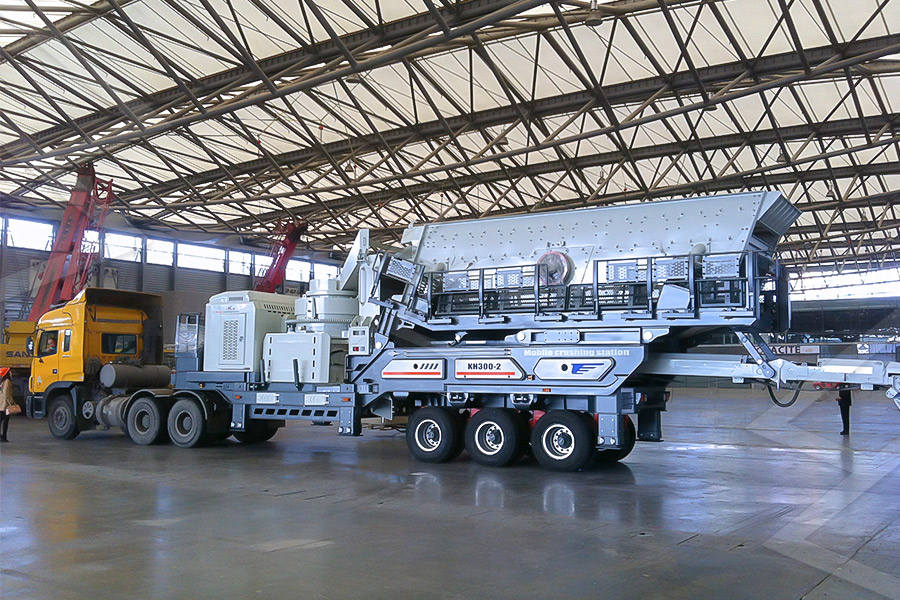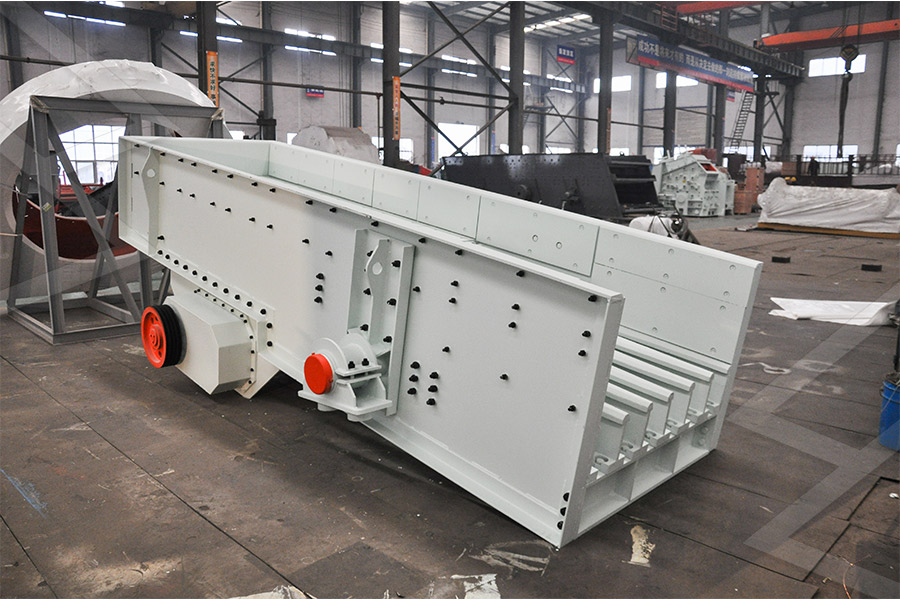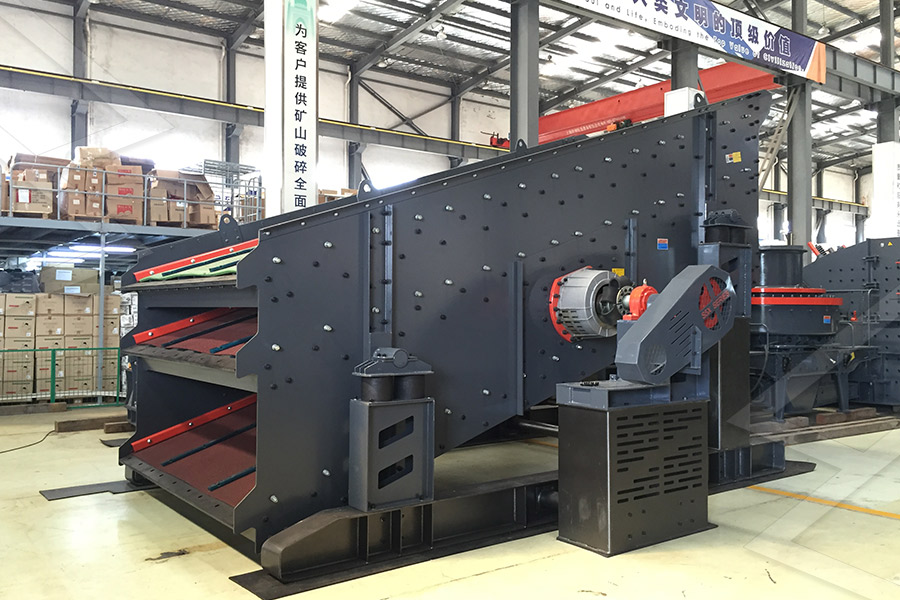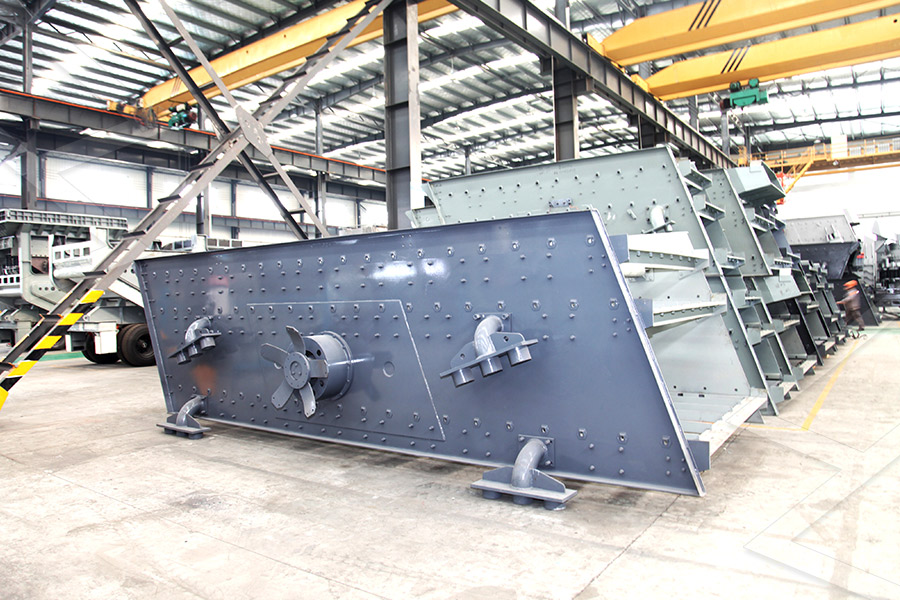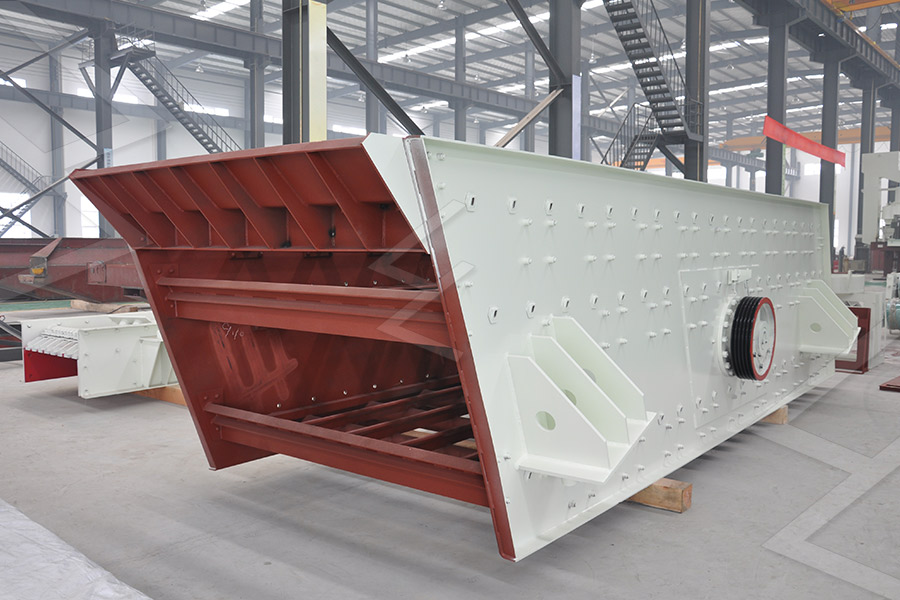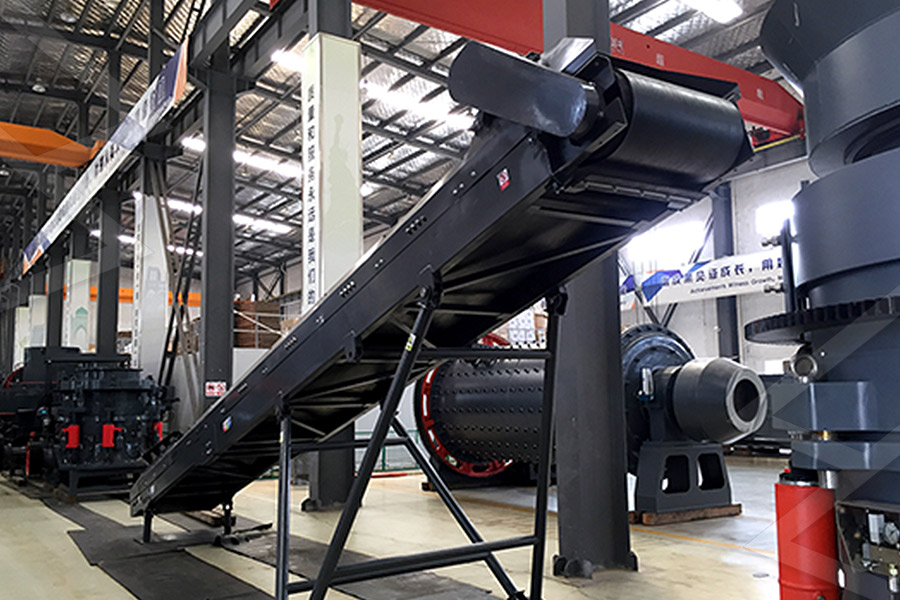How Heavy Is Furnace Bottom Ash
.jpg)
Towards increased adoption of furnace bottom ash as
2024年4月1日 Coal production rates are steadily increasing, leading to significant future generation of furnace bottom ash The levels of leached hazardous elements from FBA were found to be below allowable maximum limits according to relevant standardsBottom ash (BA) is the coarser and heavier part (∼10–20%) of the total ash produced, whichBottom AshBottom ash (BA) is the coarser and heavier part (∼10–20%) of the total ash produced, which, due to gravity action, falls to the bottom of the furnace visàvis the combustion chamber and is Bottom Ash an overview ScienceDirect TopicsIn most cases, IBA can mature between 2 and 4 months, and up to 12 months in certain cases [17] The material is left exposed to air and rain so that unstable chemical species can evolve Bottom Ash: Production, Characterisation, and Potential for

Fly Ash, Bottom Ash, and Dust SpringerLink
2017年3月5日 On the other hand, bottom ash will generate in the incineration or combustion (furnace), which is considered part of the noncombustible residue It usually refers to coal 2024年10月1日 MSWI bottom ash (BA) was collected from the bottom of the furnace, also depicted in Fig 1 The production of BA was significantly larger, comprising approximately The influences of MSWI fly ash washing and blast furnace slag/bottom 2023年12月1日 Coal Combustion Residues (CCRs) are some of the largest industrial wastes, in terms of volume Fly ash (FA), furnace bottom ash (FBA), and slag are key examples of CCRs [ 1 ] AlthoughTowards increased adoption of furnace bottom 2017年8月28日 There is always a proportion (2030 %) of the coal ash from pulverised fuel burning stations that clinkers in the furnace to form conglomerates too heavy to be carriedFurnace bottom ash as a fine aggregate Springer

Bottom ash Energy Education
2024年8月26日 Bottom ash is the coarse, granular, incombustible byproduct of coal combustion that is collected from the bottom of furnaces Most bottom ash is produced at coalfired power 2015年6月17日 furnace bottom ash: its engineering properties and its use as a subbase material A R DAWSON and F BULLEN Experimental study on the shear strength of recycled FURNACE BOTTOM ASH: ITS ENGINEERING PROPERTIES 2021年11月1日 bed ash (PDF) was 268 g/cm3 Bottom ash from the pulverized coal boiler had a lower density of 227(PDF) Application of Fluidized Bed Furnance Bottom Ash in 2024年4月18日 Bottom ash, a coarse angular ash particle that is too large to be carried up into the smokestacks so it forms in the bottom of the coal furnace Boiler slag, molten bottom ash from slag tap and cyclone type furnaces that turns into pellets that have a smooth glassy appearance after it is cooled with waterCoal Ash Basics US EPA US Environmental Protection
.jpg)
Bottom Ash: Production, Characterisation, and Potential for
Storage areas are dedicated to maturation, a process designed to reduce the polluting potential of heavy metals and other undesired chemicals In most cases, IBA can mature between 2 and 4 months, Main CCRs are fly ash (FA), furnace bottom ash (FBA), boiler slag (BS), fluidised bed combustion ash (FBCA), and flue gas desulfurization (FGD)2024年4月1日 1 Introduction Coal Combustion Residues (CCRs) are some of the largest industrial wastes, in terms of volume Fly ash (FA), furnace bottom ash (FBA), and slag are key examples of CCRs [1]Although some CCRs, such as FA, are recycled in significant proportions as cementitious materials in many developed countries, a large proportion of CCRs are still Towards increased adoption of furnace bottom ash as 2023年3月16日 Results indicated that bottom ash reduced the compressive strength, elastic modulus, and levels of heavy metals in leachate when used as a replacement for gravel, and that the maximum amount of Bottom Ash: Production, Characterisation, and Potential for The type of bottom ash or boiler slag produced depends on the type of furnace Bottom Ash Leaching of heavy metals from fly ash stabilized soils used in highway pavements University of Wisconsin – Madison, Madison, WI: Geo Engineering, Department of Civil and Environmental Engineering; 2002 Report nr 0214Coal Bottom Ash/Boiler Slag Material Description
.jpg)
Fly Ash, Bottom Ash, and Dust SpringerLink
2017年3月5日 On the other hand, the portion of the noncombustible residues from combustion in an incinerator or furnace that fall by themselves to the bottom hopper of a furnace or incinerator is referred as bottom ash Both the fly ash and bottom ash can be used in various applications, such as concrete production, embankments, cement clinkers, and road 2020年1月28日 boiler slag produced depends on the type of coalburning furnace Bottom ash is produced as a result of burning coal in a dry bottom pulverized coal boiler Unburned material from a dry bottom boiler consists of about 20 percent bottom ash Bottom ash is a porous, glassy, dark gray material with a grain size similar to that of sand or gravelly sandUSER GUIDELINE FOR COAL BOTTOM ASH and BOILER 2021年9月1日 Adsorption has been a simple and efficient technique among many removal methods for the uptake of heavy metal ions by using fly ash as a low cost as well as effective adsorbent The first reported employment of fly ash for the removal of heavy metals from industrial wastewater was interpreted at 1975 by Gangoli et al (Wang, 2006) The Fly ash properties, characterization, and applications: A review2022年1月15日 Coal fly ash (CFA) and coal bottom ash (CBA) are the two forms of coal combustion byproducts produced in the coalfired electric utilities, representing 70–85 and 15–30 wt% of the total ash generated CBA is a coarse (>100 μm) inhomogeneous material that falls through the airflow to the bottom of the furnace during coal combustion As Towards sustainable coal industry: Turning coal bottom ash
制粉项目-2023.11.17.jpg)
Chapter 12 Fly Ash, Bottom Ash, and Dust Springer
2017年8月23日 themselves to the bottom hopper of a furnace or incinerator is referred as bottom ash Both the fly ash and bottom ash can be used in various applications, such as concrete production, embankments, cement clinkers, and road subbase construction In this chapter, the physicochemical properties of fly ash and bottom ash are illustrated In 2023年9月25日 Although the heavy metal content of fly ash is higher than that of bottom ash, more than 80% of As, Cr, Cu, and Ni metals, 74–94% of Zn, and 46–79% of Pb may remain in the bottom ash, which is Analysis of heavy metal, rare, precious, and metallic element 2019年5月29日 Bottom ash produced from coalfired power plants has been utilized in engineering applications for the purpose of recycling and solving disposal issue of bottom ashBottom ash utilization: A review on engineering applications 2010年1月12日 MSWI ash has two components, residual ash and fly ash The bottom ash and the fly ash constitute about 80% and 20% of the total ashes burned, respectively (AlRawas et al, 2005) The bottom ash is mainly unburned material retained in the combustion chamber grilles (Sarmiento et al, 2019) As previously mentioned above, about 25% of the total Ash Furnace an overview ScienceDirect Topics

Coal bottom ash and its applications in cement and concrete
2024年9月27日 In the context of the mounting crisis of waste management and environmental sustainability, coal bottom ash (CBA) emerges as a pioneering solution in the field of construction This study, which is a pioneering investigation, delves into the transformative impact of integrating CBA into the fabric of various concrete compositions, which range from traditional mortar to 2018年1月28日 (Sear, 2001) The coarser bottom ash from dry bottom, pulverised coalfired boilers is termed furnace bottom ash (FBA) in the UK It is classified as clinker ash in Japan (Sakai and Hara, 2003) Boiler slag is a granular material that settles to the bottom of wet bottom pulverised coalfired where the operating temperature in the boiler exceeds Cement and concrete – benefits and barriers in coal ash 2009年7月1日 The most important physical and chemical properties of the bottom ash and fly ash are given in Table 1The pH of the ashes was strongly alkaline According to Van Herck and Vandecasteele [9], an alkaline pH indicates that part of the dissolved metals in the ash occur as basic metal salts, oxides, hydroxides and/or carbonatesThe XRD patterns in Fig 1 show clear Comparison of the characteristics of bottom ash and fly ash 2007年5月1日 Unlike the furnace area of a boiler, a wet bottom ash hopper lining must contend with the type of water being used to fill the ash hopper Most power plants are located near a river and use river water to fill their ash hoppers It has been found that when the phosphate levels of river water begin to approach 8 percent or greater, a chemical The Truth About Wet Bottom Ash Hoppers: A Different

Leaching characteristics of heavy metals in MSW and bottom ash
2021年8月15日 Incineration has received extensive attention as it can facilitate the mass and volume reduction of municipal solid waste (MSW) However, incineration produces considerable amounts of bottom ash (BA) and fly ash as byproducts (Syc et al, 2020)BA can be reused as construction materials; however, its reuse is limited in some areas due to low market demand 2017年11月1日 Potentially viable glassceramics have been produced from lignite coal fly ash (Ilic et al, 2003) as shown in Figure 2, the problematic fine fraction of incinerator bottom ash (Bethanis et al Production of ceramics from coal furnace bottom ash2 天之前 The Value of bottom ash generated is around 1520 % of total ash Bottom ash is mostly coarse in nature hence it need to be futher crushed before being transported to ash handling system It is collected in furnace bottom hopper Due to coarse in nature it is treated through clinkers and grinders to normalize the bottom ash size it is then Basic ash handling System Thermal Power Tech2021年4月23日 Municipal waste incineration ash contains heavy metals, and the safety of its disposal and reuse is an important issue In this study, we discussed a safe recycling technology for bottom ash (BA Recycling of Waste Incineration Bottom Ash and Heavy
.jpg)
Characterization of chlorine and heavy metals for the
2016年5月25日 Bottom ash is an inevitable byproduct from municipal solid waste (MSW) incineration plants Recycling it as additives for cement production is a promising disposal method However, the heavy metals and chlorine are the main limiting factors because of the potential environmental risks and corrosion of cement kilns Therefore, investigating heavy 2023年8月23日 Being affected by the coal burning system, the chemical and physical properties of pond ash and bottom ash vary across various sources and years of investigation Many experiments have shown that bottom ash and pond ash can be used in the right proportions to provide workability and increased strength of concreteUtilization of Bottom Ash and Pond Ash as a Partial 2024年3月29日 The test selected the characteristic heavy metals Cr, Cd, Cu, Pb, and Zn to carry out the leaching characteristics research The results of the heavy metal leaching test on different particle sizes of BA aggregate immersed in a 28day period and the normative limits were shown in Table 1As seen from the table, the smaller the slag particle size, the easier the Municipal solid waste incineration bottom ash recycling 2023年3月15日 Bottom Ash: Production, Characterisation, and Potential for Recycling Jacques Rémy Minane and Raffaele Vinai 1 Introduction This chapter describes the main properties of the coarse fraction of combustion residues, called bottom ash, the standard industrial treatments related to its production, and possible reutilisation strategiesBottom Ash: Production, Characterisation, and Potential

(PDF) Unburned carbon from coal combustion ash: An
2015年2月12日 Unburne d carbon cont ent in bottom ash, fl y ash and ESP row s at 8 combusti on tests at 6 FB C power stat ions [50,54,75] Table 1 Character istics of cl ass F and clas s C FAs [88] The main aim of the present study is to contribute to the field of environmental research by providing new data on bottom ash samples derived from an oil power plant located in Southern ItalySchematic arrangement of boiler furnace and bottom ash Furnace Bottom Ash (FBA) FBA is typically grey to black in colour, is quite angular and has a porous surface structure The characteristics of the FBA are influenced by the type of furnace in which the coal is burned, the rank of the coal, actual operating conditions in the furnace and how the FBA is removed from the boiler station (wet or dry transport)Furnace Bottom Ash ADAA Ash Development Association 2012年7月18日 The utilization of bottom ash has the advantage of lower heavy metal concentrations but the disadvantage of higher nutrient losses Mixtures of fly ash and bottom ash may be useful to achieve optimum nutrient delivery within limits for heavy metal concentrations Also, if there is significant ash recycling to soil, bottom ash and some fly ash Ash Management Reviewmdash;Applications of Biomass Bottom Ash

Ecological risk assessment of heavy metals in bottom ashes
2023年8月14日 Smallscale Solid Waste Thermal Treatment (SSWTT) is prevalent in remote Chinese locations However, the ecological threats associated with heavy metals in resultant bottom ash remain undefined This research study scrutinized such ash from eight differing sites, assessing heavy metal content, chemical form, and leaching toxicity Most bottom ash 2024年3月14日 Previous research has individually demonstrated the successful waste recycling of Municipal Incineration Bottom Ash (MIBA) and Electric Arc Furnace Slag (EAFS) for tile making This study explored a new frontier of combining both MIBA and EAFS to produce quality floor and wall tiles EAFS was introduced to reinforce strength and address the quality issues Blending electric arc furnace slag and municipal incineration bottom 2016年3月8日 The type of byproduct (ie, bottom ash or boiler slag) produced depends on the type of furnace used to burn the coal Bottom Ash The most common type of coalburning furnace in the electric utility industry is the dry, bottom pulverized coal boiler When pulverized coal is burned in a dry, bottom boiler, about 80 percent of the unburned Coal Bottom Ash/Boiler Slag Material Description User 2023年11月2日 heavy metals in resultant bottom ash remain undened This research study scrutinized such ash from eight diering sites, assessing heavy metal content, chemical form, and leaching toxicity Most bottom ash samples met soil contamination standards for development land (GB366002018) However, levels of As, Cd, Cr, Cu, Ni, Pb, and Zn in some samplesEcological risk assessment of heavy metals in bottom
.jpg)
(PDF) Review on Current Research Status on Bottom Ash: An
2014年12月18日 bottom of furnace is called bottom ash [12] When pulverized coal is burned in a dry bottom boiler, major amount the heavy metal concentration both between the three2014年12月18日 The coal ash collected at bottom of furnace is called bottom ash When pulverized coal is burned in a dry bottom boiler, major amount of the unburned material or ash is entrained in the flue gas and is captured and recovered as FA S Sushil, VS Batra, Analysis of fly ash heavy metal content and disposal in three thermal power plants in Review on Current Research Status on Bottom Ash: An 2023年10月11日 Heavy metals in bottom ash come from various sources, such as zinc (Zn) from batteries, nickel (Ni) from stainless steel needles, and the presence of chromium (Cr), which may indicate the existence of plastic in medical waste (furnace temperature, furnace type, and capacity), second, the nature of medical waste fed to the incinerator, and Hospital waste incinerator ash: characteristics, treatment 2023年7月31日 Groundwater contamination is more likely to occur in CBA than in fly ash because of the higher concentration of heavy metals there Strength properties of concrete incorporating coal bottom ash and granulated blast furnace slag Waste Manag, 27 (2007), pp 161167, 101016/jwasman200601006 View PDF View article View in Scopus Google Review Coal bottom ash as supplementary material for
.jpg)
Utilization of Municipal Solid Waste Incineration Bottom Ash
2024年1月12日 In order to protect the natural resources, it is beneficial for the environment when materials that are not valuable, such as waste or recycled materials, are used in engineering This article presents laboratory studies on the use of mixtures of incineration bottom ash (IBA) from municipal waste incinerators with natural, fine grain and uniform aggregate in 2024年10月25日 Study of waste incineration bottom ash as fine aggregate applied to green alkaliactivated bottom ashslag concrete: Mechanical properties, microstructure, durability Portland cement、fly ash and ground granulated blast furnace slag: The heavy metal leaching results for AABASC at different BAFA replacement rates are shown in Table 7 Study of waste incineration bottom ash as fine aggregate 2019年12月19日 Tested bottom ash as a product of combustion in a grate furnace is a more preferred material for earthworks than fly ash generated during incineration in a furnace with fluidized bed due to the particle size and heavy metal concentrations Keywords: sewage sludge ash; bottom ash; earthworks; requirements for waste material; embankments 1 Sewage Sludge Bottom Ash Characteristics and Potential



